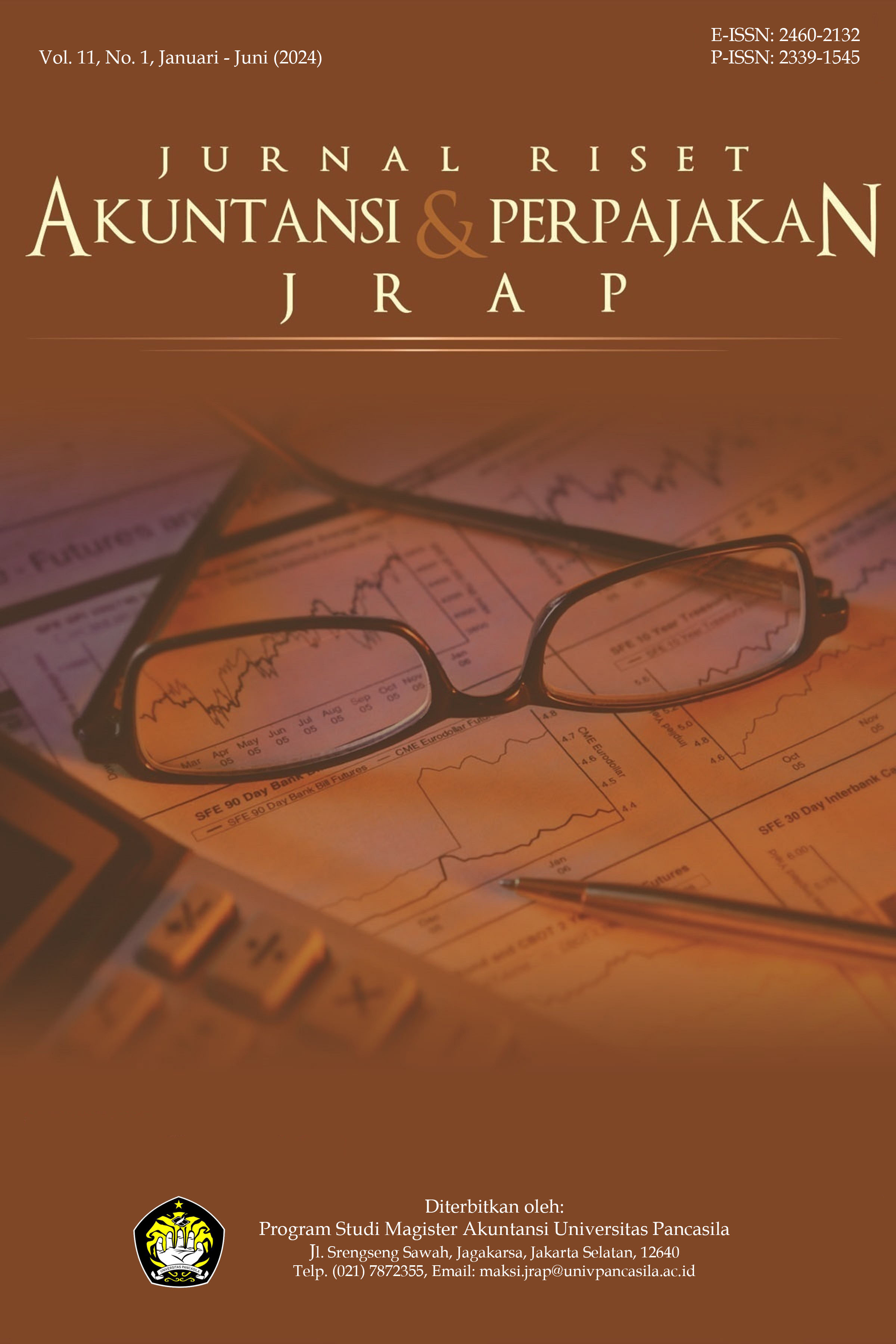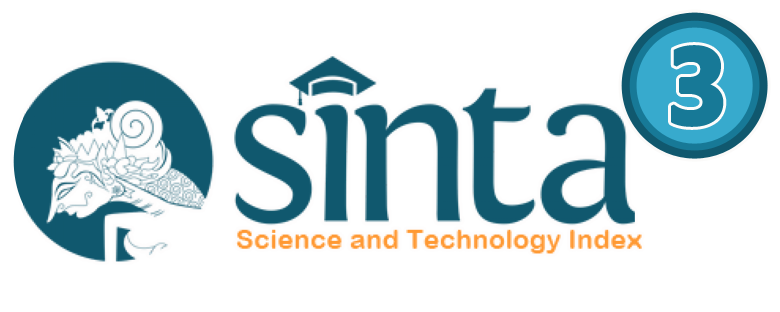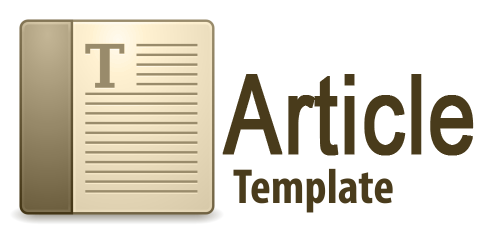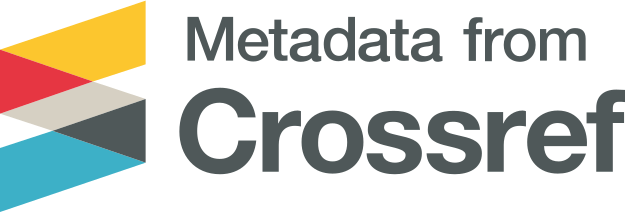Apakah Capital Intensity Meningkatkan Agresivitas Pajak?
Abstract views: 566 | Download Pdf downloads: 587
Abstract
This study aims to analyze the effect of capital intensity on tax aggressiveness by using control variables consisting of size, leverage and profitability. The sample is the financial reports of companies in the chemical manufacturing sector listed on the IDX in 2017-2021 using the purposive sampling technique method, obtained 22 chemical companies with 110 observational data for 5 years from 2017-2021. Data collection techniques used are documentation and literature study. Data were analyzed using descriptive statistics and simple linear regression analysis. The results showed that by model fit test (F test) capital intensity and control variables consisting of leverage, size and profitability have an influence on tax aggressiveness. Meanwhile, partially, capital intensity has a negative and significant effect on tax aggressiveness. It can be concluded that the higher the value of capital intensity, the lower the tax aggressiveness. The contribution of this research is as information for companies to be able to take advantage of fiscal as a way to minimize tax costs and is a legal tax planning.
References
Ainniyya, S. M., Sumiati, A., & Susanti, S. (2021). Pengaruh Leverage, Pertumbuhan Penjualan, dan Ukuran Perusahaan Terhadap Tax Avoidance. Owner: Riset dan Jurnal Akuntansi, 5(2), 525-535. https://doi.org/https://doi.org/10.33395/owner.v5i2.453 Pengaruh
Andhari, P. A. S., & Sukartha, I. M. (2017). Pengaruh pengungkapan corporate social responsibility, profitabilitas, inventory intensity, capital intensity dan leverage pada agresivitas pajak. E-Jurnal Akuntansi Universitas Udayana, 18(3), 2115-2142.
Ayem, S., & Setyadi, A. (2019). Pengaruh Profitabilitas, Ukuran Perusahaan, Komite Audit dan Capital IntensityTerhadap Agresivitas Pajak (Studi Pada Perusahaan Perbankan Yang Terdaftar di BEI Periode Tahun 2013-2017). Jurnal Akuntansi Pajak Dewantara, 1(2), 228–241. https://doi.org/10.24964/japd.v1i1.905
Brigham, E. F. & Houston, J. . (2019). Dasar-Dasar Manajemen Keuangan (edisi empat). Salemba Empat.
Budianti, S., & Curry, K. (2018, October). Pengaruh profitabilitas, likuiditas, dan capital intensity terhadap penghindaran pajak (tax avoidance). In Prosiding Seminar Nasional Cendekiawan (pp. 1205-1209).
Dwiyanti, I. A. I., & Jati, I. K. (2019). Pengaruh Profitabilitas, Capital Intensity, dan Inventory Intensity pada Penghindaran Pajak. E-Jurnal Akuntansi, 27, 2293. https://doi.org/10.24843/eja.2019.v27.i03.p24
Fabozzi, F. J., & Drake, P. P. (2009). Capital Markets, Financial Management, and Investment Management. John Wiley &. Sons.
Frank, M. M., Lynch, L. J., & Rego, S. O. (2009). Tax Reporting Aggressiveness and Its Relation to Aggressive Financial Reporting. Accounting Review, 84(2), 467–496. https://doi.org/10.2308/accr.2009.84.2.467
Gupta, S & Newberry, K. (1997). Determinants Of The Variability Of Corporate Effective Tax Rates: Evidence from Romanian Listed Companies. Journal of Accounting and Public Policy, 16, 1–34. https://doi.org/10.2753/REE1540-496X5004S4007
Hanafi, M. M., & Halim, A. (2016). Analisis Laporan Keuangan (5th ed.). UPP STIM YKPN.
Hardinata, O.S., & Tjaraka, H. (2013). Analisis Pengaruh Kepemilikan Manajerial, Kebijakan Hutang, dan Ukuran Perusahaan Manufaktur Di Bursa Efek Indonesia Periode Tahun 2008-2010. Jurnal Ekonomi Dan Bisnis, 23, 48–59.
Hery. (2015). Analisis Laporan Keuangan. Media Pressindo.
Indradi, D. (2018). Pengaruh Likuiditas, Capital Intensity terhadap Agresivitas Pajak (Studi Empiris Perusahaan Manufaktur Sub Sektor Industri Dasar dan Kimia yang Terdaftar di BEI Tahun 2012-2016.). Jurnal Akuntansi Berkelanjutan Indonesia, 1(1), 147. https://doi.org/10.32493/jabi.v1i1.y2018.p147-167
Irianto, B.S., Sudibyo, Y.A., & Wafirli, A. (2017). The Influence of Profitability, Leverage, Firm Size and Capital Intensity Towards Tax Avoidance. International Journal of Accounting and Taxation, 5(2), 33–41. https://doi.org/10.15640/ijat.v5n2a3
Jensen, M. C., dan Meckling, W. (1976). Theory Of The Firm: Managerial Behavior, Agency Cost and Ownership Structure. Journal of Financial Economics 3(10), 305–360. https://doi.org/10.1177/0018726718812602
Junensie, P. R., Trisnadewi, A. A. A. E., & Intan Saputra Rini, I. G. A. (2020). Pengaruh Ukuran Perusahaan, Corporate Social Responsibility, Capital Intensity, Leverage dan Komisaris Independen terhadap Agresivitas Pajak Penghasilan Wajib Pajak Badan pada Perusahaan Industri Konsumsi di Bursa Efek Indonesia Tahun 2015-2017. Wacana Ekonomi (Jurnal Ekonomi, Bisnis Dan Akuntansi), 19(1), 67–77. https://doi.org/10.22225/we.19.1.1600.67-77
Lanis, R., & Richardson, G. (2012). Corporate Social Responsibility and Tax Aggressiveness: An Empirical Analysis. Journal of Accounting and Public Policy, 31(1), 86–108. https://doi.org/10.1016/j.jaccpubpol.2011.10.006
Maulana, I. A. (2020). Faktor-Faktor yang Mepengaruhi Agresivitas Pajak pada Perusahaan Properti dan Real Estate. KRISNA: Kumpulan Riset Akuntansi, 11(2), 155–163. https://doi.org/10.22225/kr.12.1.1873.13-20
Muadz, R. M. (2018). Pengaruh Corporate Social Responsibility Dan Capital Intensity Terhadap Penghindaran Pajak. Jurnal Akademi Akuntansi, 1(1), 1–8. https://doi.org/10.22219/jaa.v1i1.6947
Munandar, R. T., Nazar, M. R., & Khairunnisa. (2016). The Influence Of Company Size, Leverage, And Compensation Tax Loss On Tax Avoidance (Case Study on The Automotive Subsector Manufacturing Companies Listed on Indonesia Stock Exchange during 2010-2014). E-Proceeding of Management , 3(3), 3417–3424.
Muzakki, M. R., & Darsono. (2015). Pengaruh Corporate Social Responsibility Dan Capital Intensity Terhadap Penghindaran Pajak. Diponegoro Journal of Accounting, 4(3), 1–8. https://doi.org/10.22219/jaa.v1i1.6947
Nugraha, M. I., & Mulyani, S. D. (2019). Peran Leverage Sebagai Pemediasi Pengaruh Karakter Eksekutif, Kompensasi Eksekutif, Capital Intensity, Dan Sales Growth Terhadap Tax Avoidance. Jurnal Akuntansi Trisakti, 6(2), 301–324. https://doi.org/10.25105/jat.v6i2.5575
Puspitasari, I., & Winarto, Y. (2020). Indeks sektor industri dasar dan kimia anjlok 21,24%, begini kata analis. Kontan.Co.Id. https://investasi.kontan.co.id/news/indeks-sektor-industri-dasar-dan-kimia-anjlok-2124-begini-kata-analis
Rahmawati, N. T. J. (2022). Pengaruh Capital Intensity, Leverage, Profitabilitas, Ukuran Perusahaan Dan Kepemilikan Manajerial Terhadap Agresivitas Pajak. Jurnal Ilmiah Mahasiswa Akuntansi, 13, 628–636.
Savitri, D. A. M., & Rahmawati, I. N. (2017). Pengaruh leverage, intensitas persediaan, intensitas aset tetap, dan profitabilitas terhadap agresivitas pajak. Jurnal Ilmu Manajemen dan Akuntansi Terapan (JIMAT), 8(2), 19-32.
Septyaningsih. (2023, Mei 24). Kemenperin: Industri Kimia Berperan Penting dalam Pembangunan Nasional. Retrieved Juni 7, 2023, from Republika: https://ekonomi.republika.co.id/berita/r v64ac490/kemenperin-industri-kimiaberperan-penting-dalam-pembangunannasional
Sinaga, C. H., & Suardikha, I. M. S. (2019). Pengaruh Leverage dan Capital Intensity pada Tax Avoidance dengan Proporsi Komisaris Independen sebagai Variabel Pemoderasi. E-Jurnal Akuntansi, 27, 1-32. https://doi.org/10.24843/eja.2019.v27.i01.p01
Undang-undang No. 17 Tahun 2003 tentang Keuangan Negara.
Undang-undang No. 40 Tahun 2007 2007 tentang Perseroan Terbatas.
Copyright (c) 2024 Siti Najwa Dena Tahlila, Heru Tjaraka, Alfa Rahmiati

This work is licensed under a Creative Commons Attribution-ShareAlike 4.0 International License.
Authors who publish with this journal agree to the following terms:
- Authors retain copyright and grant the journal right of first publication with the work simultaneously licensed under a Creative Commons Attribution-ShareAlike 4.0 International License that allows others to share the work with an acknowledgement of the works authorship and initial publication in this journal.
- Authors are able to enter into separate, additional contractual arrangements for the non-exclusive distribution of the journals published version of the work (e.g., post it to an institutional repository or publish it in a book), with an acknowledgement of its initial publication in this journal.
- Authors are permitted and encouraged to post their work online (e.g., in institutional repositories or on their website) prior to and during the submission process, as it can lead to productive exchanges, as well as earlier and greater citation of published work (See The Effect of Open Access).














